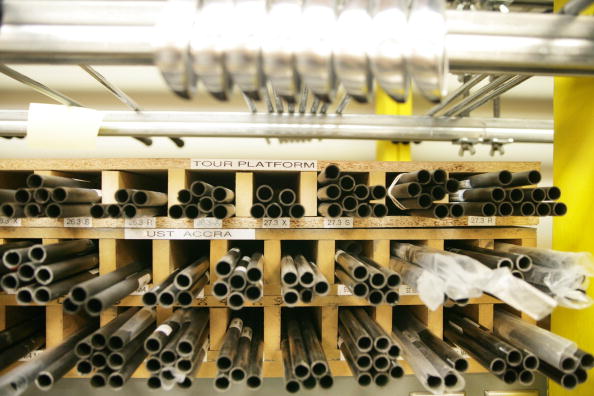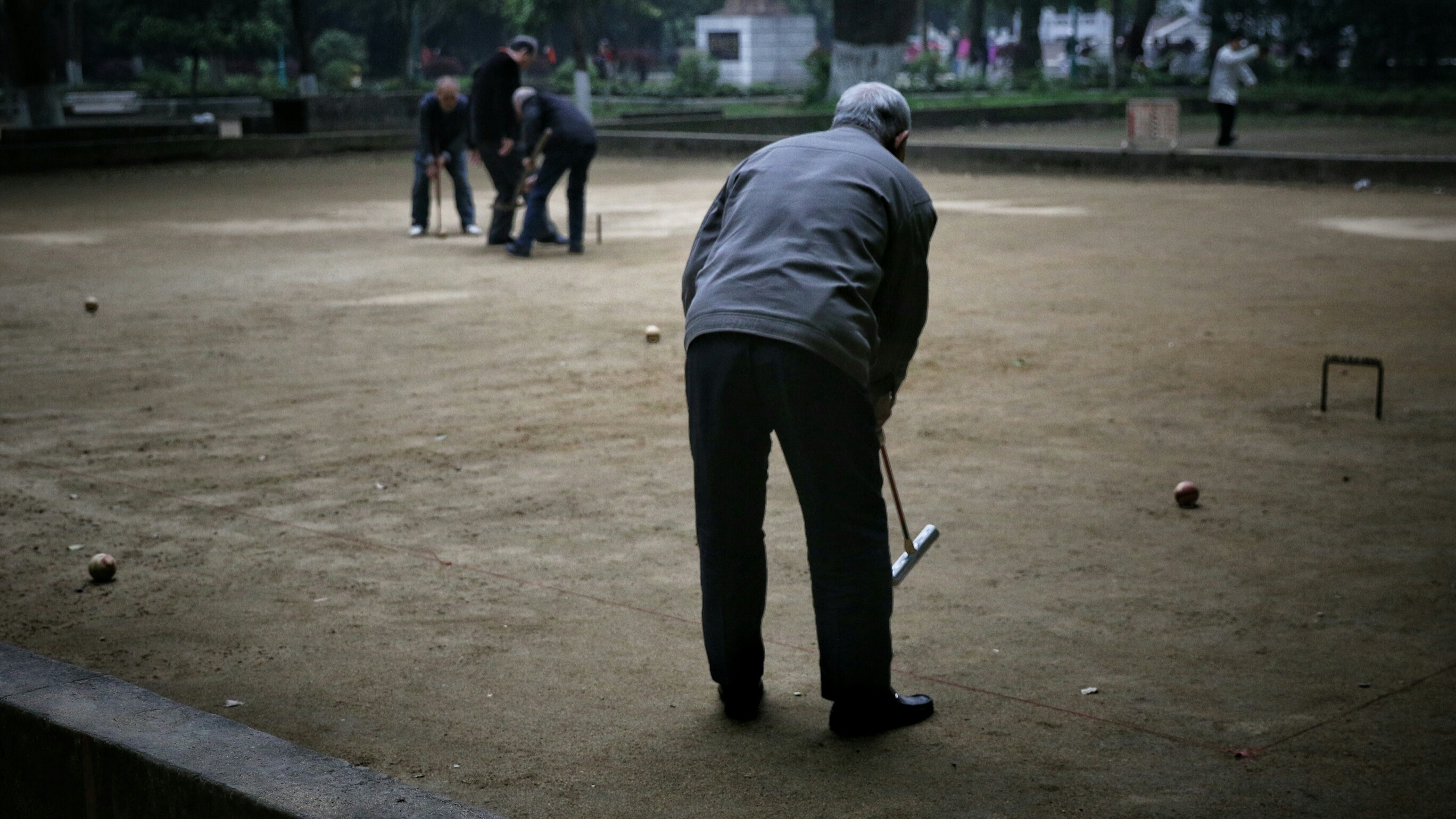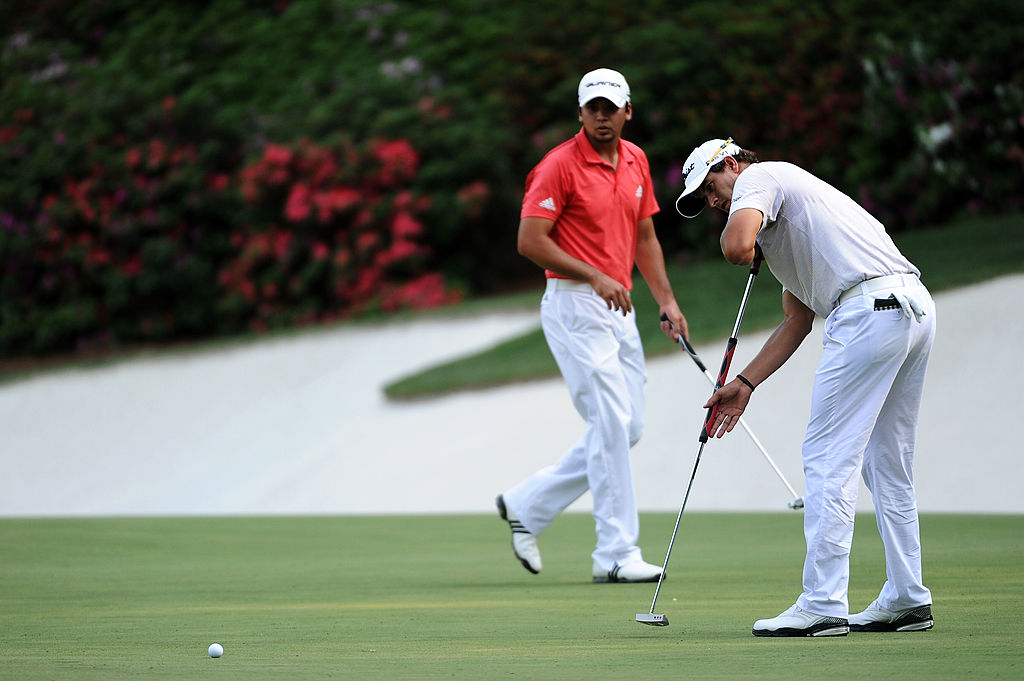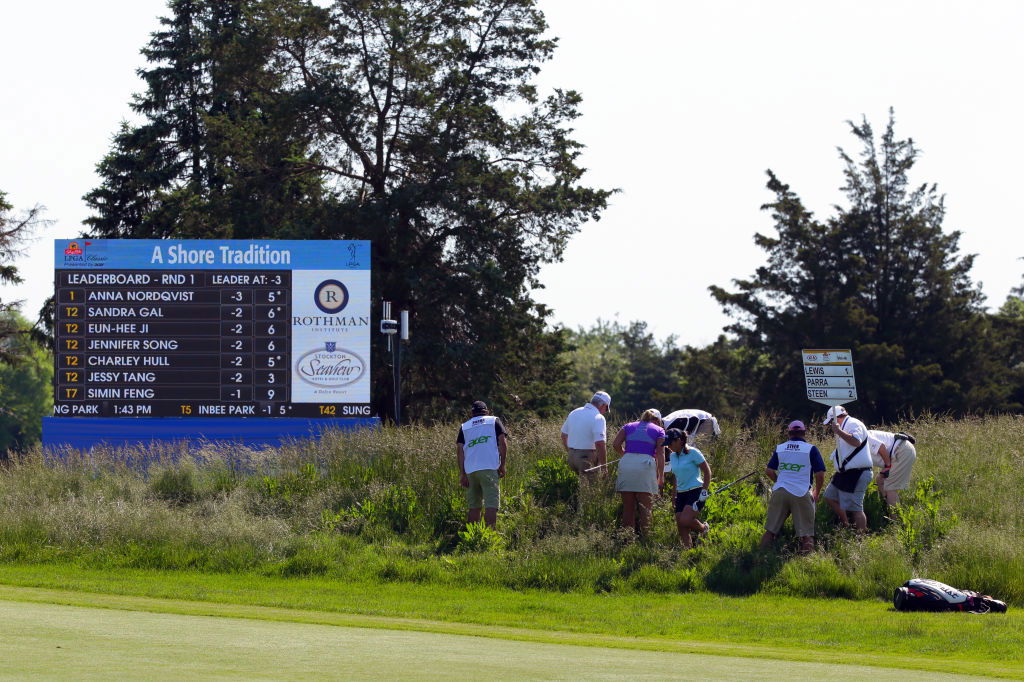7 controversial equipment bans
Anchored putting was the most recent controversial ban - but it wasn't the first!

When the anchored putting technique was banned last year, there were high profile players on both sides of the argument, and most clubhouses were split.
But it wasn't the first controversial equipment ban in golf - far from it!
We've gone back in time to look at the most high profile bans in the history of the game - some you'll know, some you won't!

The USGA and R&A were in agreement in 1914; steel shafts should be banned. After pressure from players and manufacturors, they were re-introduced in the 1920s.
Players thought moving from hickory to steel allowed them to play a larger variety of shots, which led to them carrying more clubs in the bag, which led to the 14-club rule being introduced.

Everything is bigger in the US, as they say, including golf balls. Before 1990, it was possible to play with a smaller, heavier British ball, or larger American one. A smaller ball played better into the wind and was easier to shape, while the larger product performed better with wind behind.
The governing bodies could not agree on a standard size. In 1909, the R&A stated balls should have a minimum diameter of 1.62 inches, but the USGA went against the ruling and started their own rule – no smaller than 1.68 inches.
In 1974, the R&A ruled the “British ball” could not be used in the Open – meaning all four majors had players using the same ball – and in 1990 the smaller ball was no longer allowed to be used in competition.

Bob Duden decided he was going to straddle his putts and use a “croquet style” stroke, even developing a specialist putter called “The Dude.”
He believed the technique allowed him to read the greens better, and he must have been onto something. Seven-time major champion and famously nervy putter Sam Snead copied him.
Bobby Jones and others weren’t happy with the developments, and by 1968 it was banned because of rule 16-1e. “The player must not make a stroke on the putting green from a stance astride, or with either foot touching, the line of putt or an extension of that line behind the ball.”
Snead went on using the “front on” technique, as have other modern players.

Legal in the 1980s, not so in the 1990s. PING had launched the Eye 2 irons, which the USGA slapped as “non-conforming”, as well as all square grooved clubs.
PING then sued the USGA and PGA Tour, before a settlement was reached – all square grooved clubs would be made legal.
In 2010, the ban on square grooved clubs was brought back in, other than the PING Eye 2 irons which remain legal.

The one you will all know – probably. The anchored putter, or belly technique, was used by numerous high profile major winners: Adam Scott and Ernie Els to name just two.
However, some deemed it to be an unfair advantage, as the putter was not swinginf freely. On 1 January 2016 the technique was banned after much debate.

Rounded wedges were popular for use around the greens, particularly out of bunkers. But in 1931, the R&A decided it was time to call a ban on the design.

Balls that transmit their location would save a lot of time – and they were put into production in the 1970s, but were quickly banned from use.

